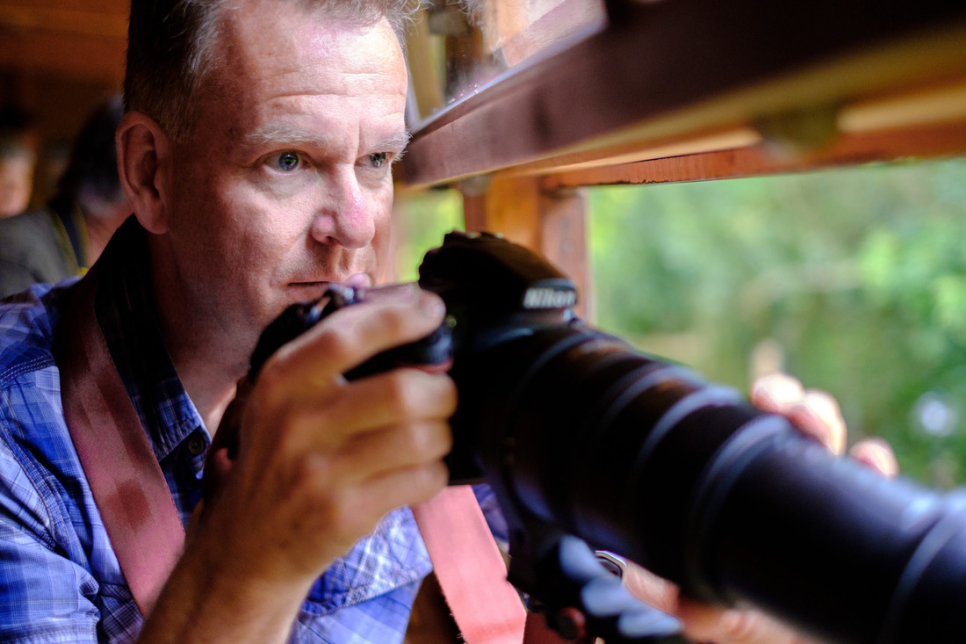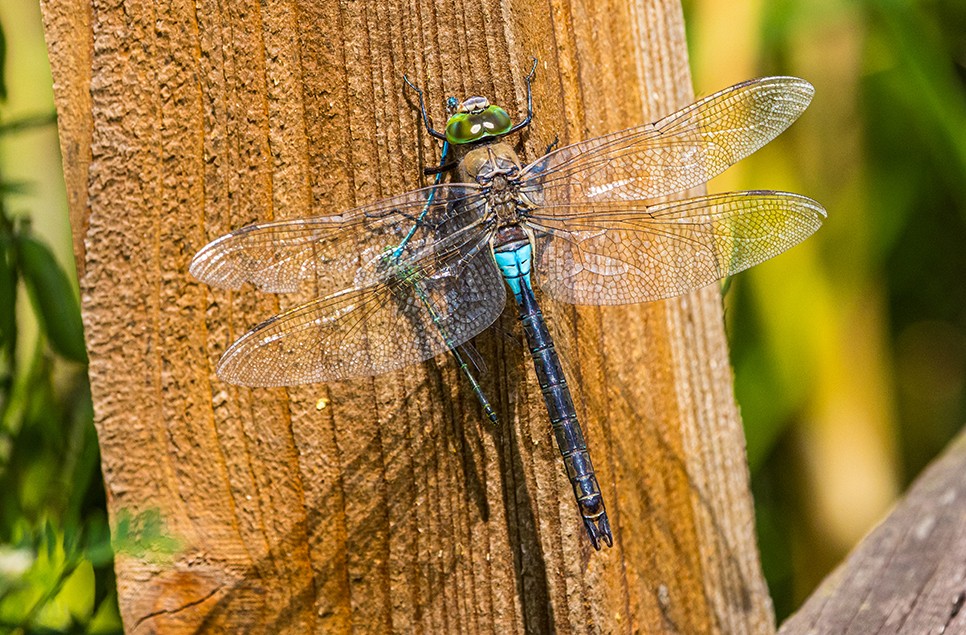WWT Snapshot August 2019
Here’s a snapshot of just some of the wetland conservation work that’s been possible in the last three months due to your support for WWT.

Here’s a snapshot of just some of the wetland conservation work that’s been possible in the last three months due to your support for WWT.
Around the World
In Madagascar, at least 8-10 individuals of one of the world’s rarest birds – the Madagascar pochard - have remained at the lake where we released 21 captive-bred ducklings into the wild last year. Six more have been sighted visiting another lake 20km away.
In Cambodia, one of WWT’s wetland project sites, Anlung Pring, has been designated an East-Asian Australasian Flyway Partnership Site, further enhancing its protection and profile both within Cambodia and globally. Meanwhile WWT’s National Wetland Guidance has been republished in Cambodia in the native Khmer language.
In Eastern Russia, we hatched, reared and released 23 spoon-billed sandpiper chicks into the wild this breeding season. We’ve now added more than 180 individuals to the wild population, which had declined alarmingly to fewer than 200 pairs.

In Northwest Russia, our Swan Champions Project gave a presentation to a conservation conference in the northern port city of Arkhangelsk. This is the administrative centre for the arctic region where Bewick’s swan breed each summer. We met with local hunters to discuss solutions to address illegal shooting of swans in the region. The Project’s work was featured in The Times and on BBC1 Breakfast, seen by more than 2 million people.
In Iceland, an analysis of three breeding colonies of common eider duck has found worrying and unexplained recent declines in survival rates.
Around the UK
We published a study of perceptions within the shooting sector towards the use of lead ammunition and how it can poison wildlife. Individual questioning combined with techniques to counter bias found two broad groups who either accepted the problem, or rejected it and felt the issue is an attack on the shooting industry itself.
During National Gardening Week, we launched a range of content to help people create mini-wetlands in their garden. So far it has received more than 14,000 page views. A follow-up video showing how to build a garden pond will be available soon.
In Somerset, we’ve worked alongside landowners and farmers to build a number of wetland features to improve flood protection and river water quality for the village of Williton. These features include storage ponds and leaky dams which slow the flow of water, and silt traps to capture material washing off fields. Fifteen volunteers are conducting surveys to better understand the population of aquatic invertebrate species.
At Westminster, the Environment Agency launched a draft of its new Flood & Coastal Erosion Risk Management strategy for consultation. We strongly supported the proposals’ focus on use of natural or naturalistic features including sustainable drainage systems – and highlighted the additional health & wellbeing benefits that “blue” space can create for people.
In Somerset, it’s been the best breeding year ever for the cranes who were hatched and reared at Slimbridge, then released onto the Somerset Moors and Levels. Around 20 pairs attempted to nest – a similar number to last year, and the number of successful fledglings increased from seven to nine.

In the Highlands and Islands, this spring has seen the first successful breeding attempts since 2016 for the common scoter, the UK’s rarest breeding duck. This could be connected to higher water levels being maintained in a nearby loch, driven by environmental laws.
In Perth, WWT attended the African-Eurasian Migratory Waterbird Agreement’s European Goose Management Platform International Working Group meeting. Shortly afterwards, WWT was officially invited to join the Scottish National Goose Forum and has rejoined the group.
In Slough, volunteers are conducting regular community clean-ups along the Salt Hill Stream and have trained to undertake monitoring of the stream’s health as part of the Riverfly Monitoring Partnership.
At our wetland centres
Around our wetland centres, feedback showed 98% of teachers rated their guided learning session as either good or excellent, with 99.5% rating the day as either enjoyable or very enjoyable, and 100% saying they would recommend a learning experience at WWT to other teaching professionals.
At Caerlaverock, 40,400 barnacle geese were counted on the Solway Firth over winter. This suggests the population may be plateauing or declining slightly, having risen from around 3,000 in 1970 – helped by wetland management and protection at WWT Caerlaverock Wetland Centre and neighbouring nature reserves.
Also at Caerlaverock, we’ve introduced digital sound recorders to monitor natterjack toad activity.
At Llanelli, we introduced the crassula mite to help control the spread of an aquatic non-native invasive plant, New Zealand pygmyweed. The mite only feeds on this particular species of weed. Left unchecked, New Zealand pygmy weed can choke native wetland wildlife of oxygen, light and space.
Around Welney, 45 breeding pairs of one of the UK’s rarest breeding birds, the Icelandic black-tailed godwit, were recorded on the Ouse Washes and nearby Nene Washes. This is an increase from 38 pairs in 2018. We estimate a quarter of these pairs now include “headstarted” birds hatched, reared and released by WWT.
At Slimbridge, we partnered with a local mental health service provider to give 10 participants a “Blue Prescription” to visit the wetland over a six week period. Patients took part in activities including birdwatching and canoe safaris. We’re currently researching how a visit to a wetland could reduce stress and anxiety.

Around Slimbridge, 51 lowland curlew chicks have been “headstarted” - hatched, reared and released - to boost the local population of this struggling species. The eggs were originally collected from military airfields in East Anglia where they were at risk of being destroyed.
In Arundel, tests of planting triangular club rush have shown the plant does much better in soil that dries out sometimes, compared to soil that is constantly wet or underwater. We are reintroducing this plant after it almost went extinct from the UK in the wild, with only a few clumps remaining at a single location in Devon.



